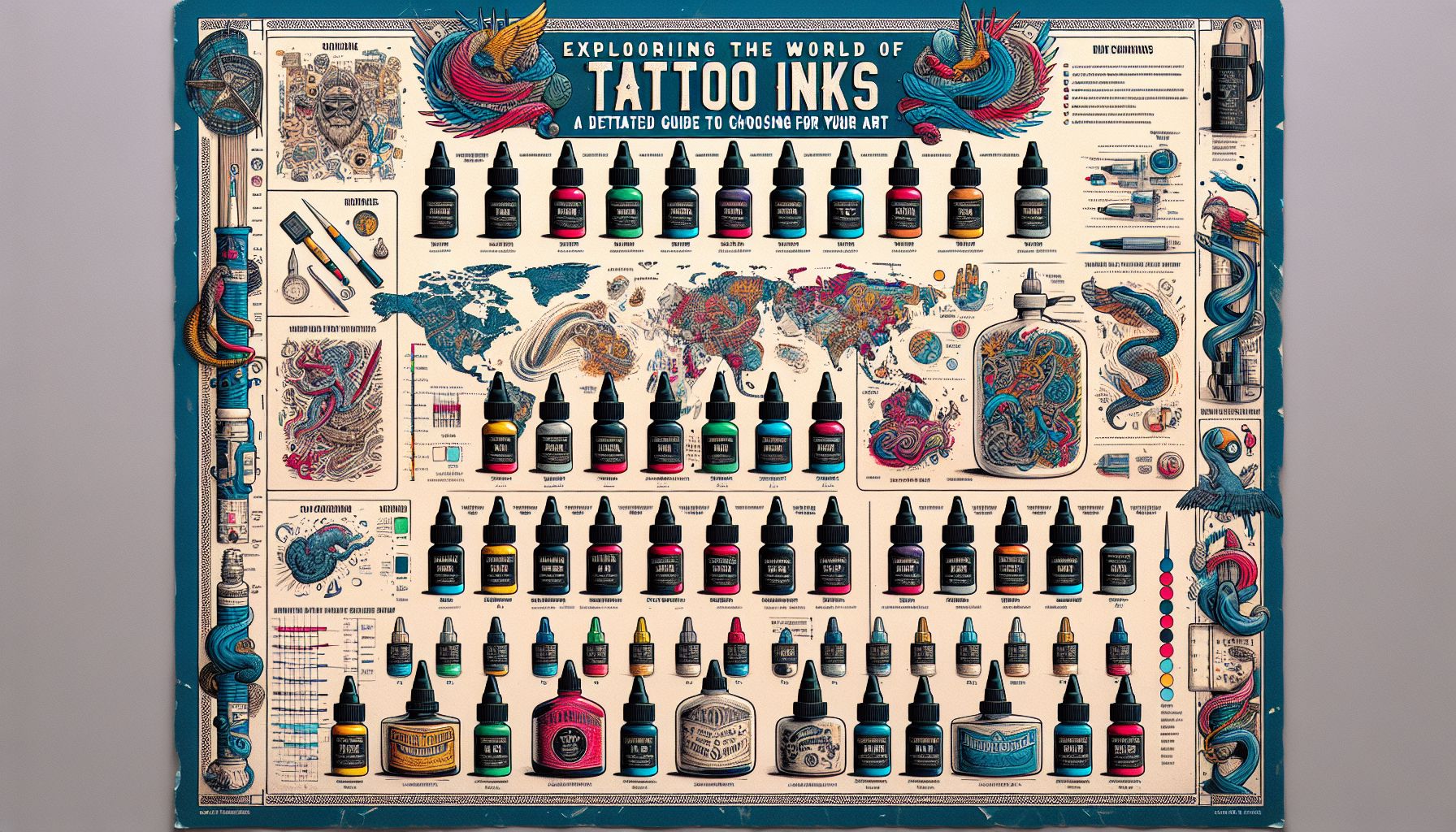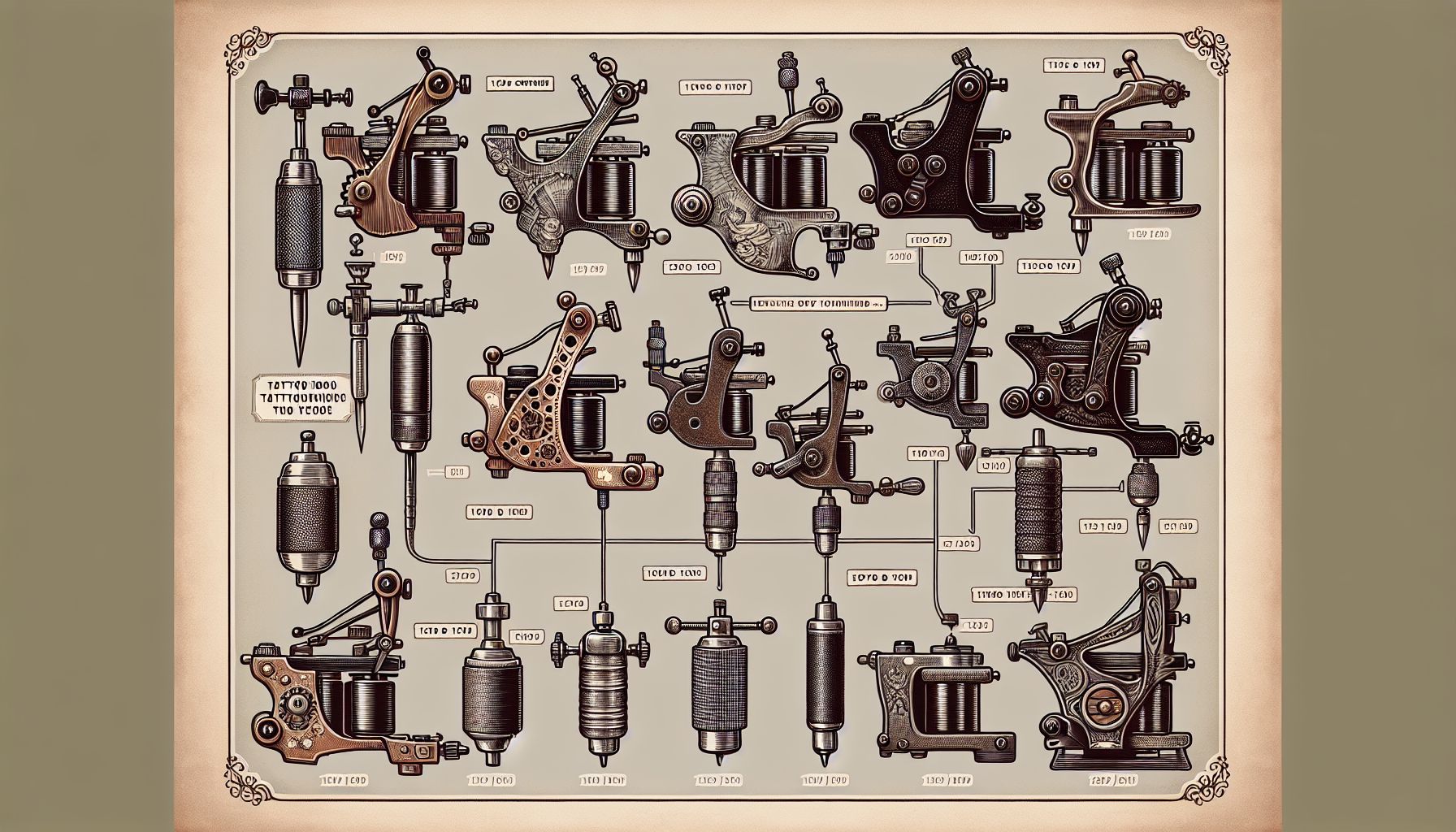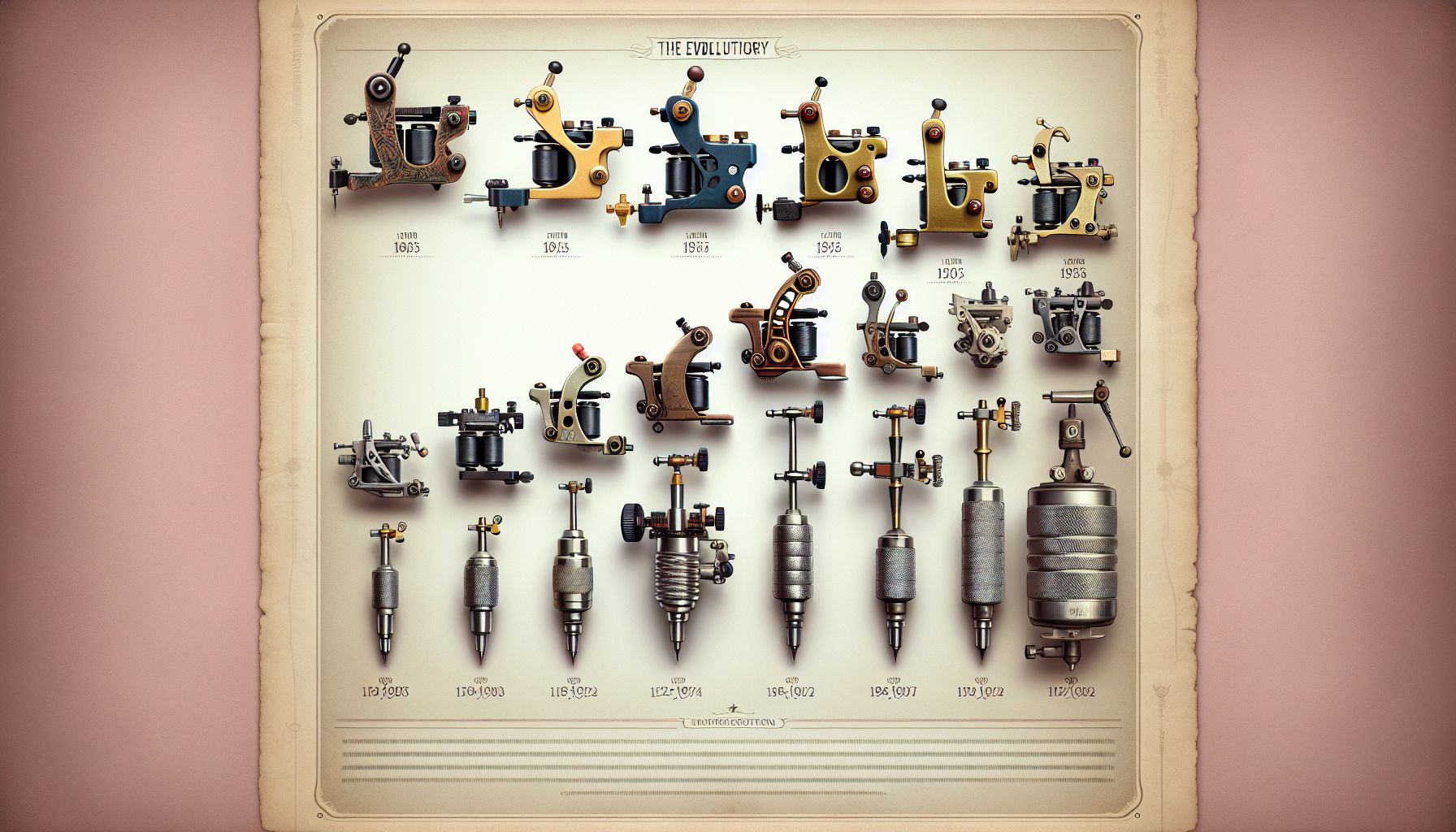When you enter the vibrant and storied world of tattooing, you’re embarking on a journey that’s steeped in history, art, and no small measure of technical savvy. The heart of this realm beats to the rhythmic buzz of machines, but the soul is eternally inked by the sharp kiss of needles. As a veteran of the tattoo industry who has held countless machines and dipped into innumerable ink pots, I can attest that understanding the nuance of tattoo needles is akin to a musician mastering their instrument.
Tattoo needles, though small and unassuming, are a fundamental aspect of the tattoo supplies essential to our craft. A painter needs their brushes, and we tattooists demand needles that perform with precision and consistency. Having experienced the evolution of tattooing from its more subcultural inception to the mainstream phenomenon it is today, I’ve watched tattoo needles transform from hand-crafted tools to meticulously engineered pieces of art.
The Anatomy of Tattoo Needles
Understanding the anatomy of tattoo needles is critical. They are more than just sharp points—they are your primary connection to the canvas that is skin. Needles are assembled in various configurations: from single needles for fine lines to clusters for shading. Each needle type has a mission, whether to create the crispest of lines, the softest of shades, or the most vibrant color packings.
Round needles are your go-to for line work. They’re grouped together in a circular pattern and can perform a variety of tasks depending on their size and the artist’s control. Flat needles, on the other hand, lay in a straight line and are perfect for bold and precise lines. Magnum needles, with their weaved or stacked arrangements, are the brushes with which we create gradients and textures that add life to every design. And each configuration comes in different diameters, known as the gauge, which determines the sharpness and penetration of the skin.
Quality Matters
In my career, I’ve experienced the stark difference between high-quality and subpar needles. Quality needles are crafted from medical-grade stainless steel, ensuring they are sterile, durable, and hypoallergenic. Poorly made needles can cause trauma to the skin, leading to improper healing or even scarring. Hence, one piece of wisdom I share with apprentices and seasoned artists alike: never skimp on your tattoo needles. They are the bridge between your artistic intent and the indelible mark left on your client.
Personal Anecdotes
I remember, years back, working with a needle that wasn’t up to par. It was back when I was still honing my craft, a time of trial and error. The needle bar bent midway through a session, tormenting the skin and causing undue pain. From that day forward, I pledged to use only the finest needles. I have learned that a tattoo is only as good as the needle that inks it.
The Shift to Cartridges
I’ve witnessed the shift from traditional needles that require manual setup to cartridge needles that offer convenience and safety. Cartridge systems have simplified the process, allowing artists to switch needle configurations mid-tattoo with ease and reducing the risk of cross-contamination. This innovation has been a pivotal moment in tattoo history, allowing for more flexibility and efficiency in our work.
Choosing the Right Supplier
Not all tattoo supplies are created equal. When it comes to sourcing needles, it’s crucial to find a supplier that understands the artist’s needs. I prefer suppliers who offer a wide range of needle types, focus on quality control, and provide comprehensive information about their product lines. Good suppliers do not just sell products; they provide artists with tools that elevate their craft.
Tips for the Trade
New artists often ask for tips on selecting the right needles. I tell them to start with understanding the basics, then experiment with different brands and types. Discover which needles give you that perfect line quality and shading. And perhaps, most importantly, always pay attention to how the needles affect the skin during and after the tattooing process.
Conclusion
The road that leads to mastering the craft of tattooing is a lifelong journey. Along the way, tattoo needles will be your constant companion as you leave your mark in the world, one piece of skin at a time. Invest in high-quality needles, devote time to understand their intricacies, and always respect the craft by never compromising on your tattoo supplies.
In ending, it’s clear that tattoo needles are much more than just a tool – they are a reflection of our dedication to the art form and our clients. They’ve come a long way from their humble beginnings, and as an artist, it’s both a privilege and a responsibility to use them with skill and care.



